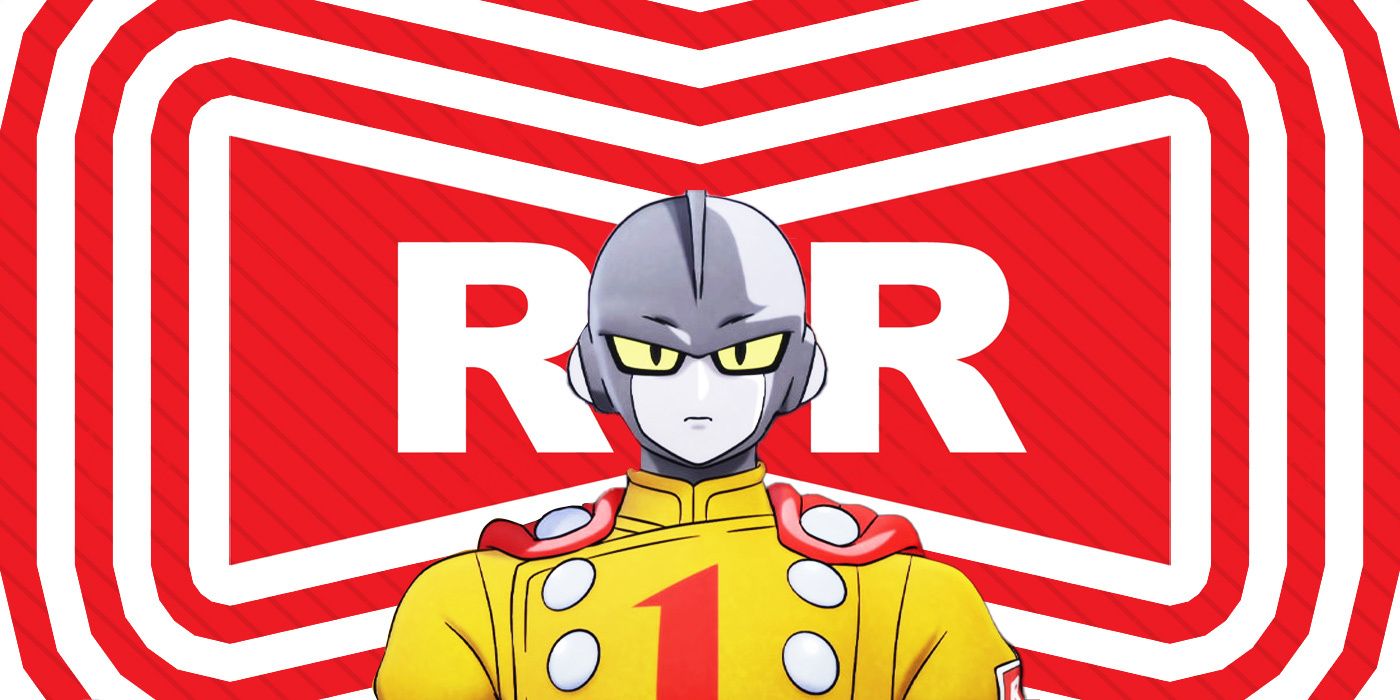Leadership involves expressing a strategic vision for or part of an organization and motivating and persuading others to acquire that vision. Influencing organizational members and implementing organizational change is what it is all about. The management of employees can also be viewed as a form of strategic leadership.
The role of a strategic leader is to create and bring forth structure within an organization, allocate resources wherever needed, and express their strategic vision. In this management method, leaders and managers create an organization’s vision to remain competitive in a changing economic and technological environment.
The environment within which they work is ambiguous, and their hours are spent working on issues or situations that influence or are influenced by occasions and other external organizations.
One of the main goals of strategic leadership is the achievement of strategic productivity. Strategic leadership also aims to create a culture in which employees forecast the organization’s needs based on their own roles. Strategic leaders can also encourage employees to delve and focus on their own ideas.
The incentive-based system is much favored by strategic leaders as it helps encourage the employees to increase their productivity and improve their overall performance.
Strategic leaders use reward and incentive systems to encourage productive and quality employees to show much better performance for their organization.
Innovate, perceive, and plan to achieve an individual’s objectives and goals is the essence of functional strategic leadership. Strategic leadership requires foresight and understanding of the work environment, typically involving clarity, objectivity, and the potential to focus on the broader picture.
Using creativity, vision, and planning to achieve someone’s aims and future aspirations is integral to strategic leadership. To get a basic outline of how to proceed with this method and the outcomes that can be expected, you might want to consider the following set of steps before starting:
- Understand the organization’s goals and mission. Typically, the mission statement explains why the organization was created, how it hopes to cater to its customer’s needs, and how it can best meet their requirements.
- A strategic leader should be able to create a vision and can envision how that vision might look in the future.
- Strategic leaders must prepare a strategy to implement their goals, including the various stages and alterations required to ensure that the organization transitions to its intended state.
Qualities and characteristics of a strategic leader
One can decide to become a strategic leader, which isn’t inherent. It is a skill that one can improve upon by changing the way one leads. Therefore, it goes without saying that the best way for someone to succeed at being a strategic leader is by educating themselves.
Education will help one understand what qualities and skills one should develop and enhance. To master this, one requires dedication, passion, and patience. If you’d like to upskill and someday become an efficient strategic leader, you can go through the list of qualities and characteristics provided below:
Passion
Strategic leader needs to love and enjoy what they are doing. Passion will fuel one to push harder and improve their skills. A lack of passion will ultimately prevent one from dedicating time and effort to a particular task.
Furthermore, passion is vital as it helps the strategic leader to convince others, like the employees, to follow the strategy drawn out. Imagine working daily for a leader who is not passionate about their work. The experience would be daunting. It would most certainly suck the motivation out of the employees and create an unproductive and not conducive atmosphere.
Communication
Communication is a skill that is necessary when it comes to taking up a leadership role. Successful leaders communicate their vision to their peers and employees effectively; if you know your goals but can’t communicate them, you are as unproductive as if you didn’t have any, to begin with.
But keep in mind, though, that communication is not a one-way street. In addition to being able to communicate with your subordinates, you must also make your employees feel that you have created a safe space where they can voice their opinions and concerns.
Transparency is essential when promoting communication between a leader and a subordinate. It encourages and enables open discussions and helps improve upon mundane daily procedures.
For instance, if there was a decrease in productivity levels, it might necessitate changes. However, a group discussion about the reasons is mandatory before changes can be introduced. Individuals also need to feel like they are in a safe space to talk openly about their findings.
Distributing responsibility
Strategic leaders in various industries develop their skills through training and real-life experiences, which often require some freedom. Hence, it is crucial that authority is delegated to some employees and that employees working on different levels within the chain of command can make their own choices.
Equal work allocation boosts agility and allows aspiring strategic leaders to understand what can happen when they take chances. The organization’s collective intelligence, flexibility, and resilience are also increased when individuals outside the usual decision-making structure contribute their expertise.
Positivism and optimism
When leading a team or running an organization, positivism and optimism are frequently underestimated qualities. There comes a time when leaders are forced to battle hardships on their journey. These difficulties could either make or break your career, whether economic obstacles or a lack of ideas.
In such a situation, one is left to decide if the obstacle makes one a failure or if it is just an opportunity for one to hone a new skill. One’s mindset on such a matter has the power to transform the workplace environment and will either show the employees that it’s alright to give up when one is faced with a roadblock or push them to persevere and work harder.
Conclusion
Strategic leaders play a dynamic role, which necessitates constant upskilling, enhancement of knowledge and wisdom, and overcoming challenges. Furthermore, strategic leadership is not the same for everyone, so you may need to adopt a style that you are comfortable with, one that fits your role, your organizational framework, and your working situation.
























































![Key Metrics for Social Media Marketing [Infographic] Key Metrics for Social Media Marketing [Infographic]](https://www.socialmediatoday.com/imgproxy/nP1lliSbrTbUmhFV6RdAz9qJZFvsstq3IG6orLUMMls/g:ce/rs:fit:770:435/bG9jYWw6Ly8vZGl2ZWltYWdlL3NvY2lhbF9tZWRpYV9yb2lfaW5vZ3JhcGhpYzIucG5n.webp)


















